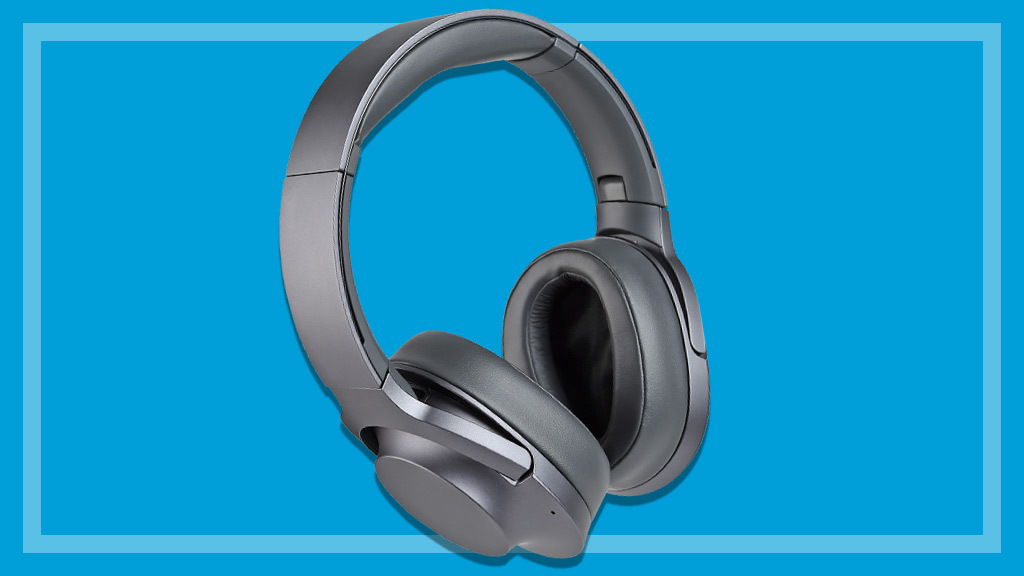Get our independent lab tests, expert reviews and honest advice.
Bose Noise Cancelling 700 Headphones review
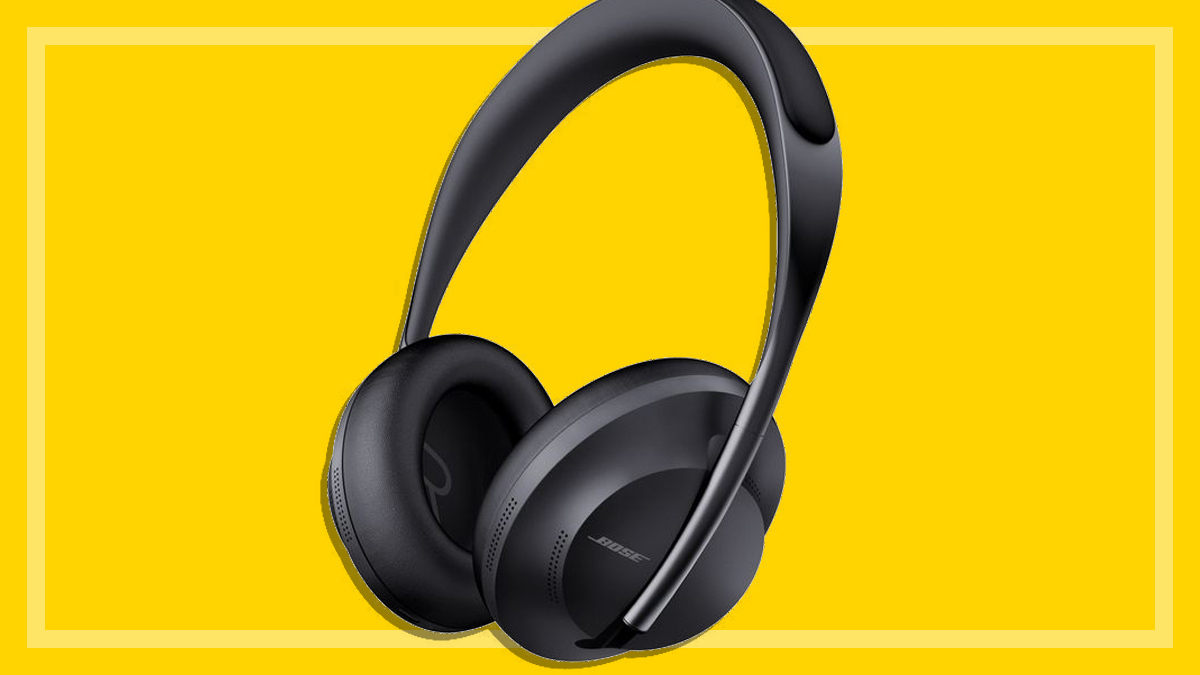
CHOICE verdict
Bose has absolutely nailed noise-cancellation with the Noise Cancelling (NC) 700 headphones. Not only can they reduce almost any environment to a low hum, they can also adjust and isolate your voice on-the-fly which seriously improves phone call clarity. But aside from an impressive 20 hours of battery life, everything else isn’t quite as premium as the price tag suggests. Audio can be flat, retrenched and lacking in bass, the accompanying app has very few useful features and they aren’t comfortable if your head is on the larger side.
Price: $599
Contact:
bose.com.auBose once ruled the noise-cancelling headphone market, but growing competition has seemingly encouraged some innovation to stand out from the pack.
The outcome? Very impressive noise-cancelling gear that also improves clarity during hands-free phone calls, even in busy environments. But this seems to have come at the expense of sound quality.
The 700s don’t sound awful … but they have a premium price tag that should deliver something that sounds a little livelier.
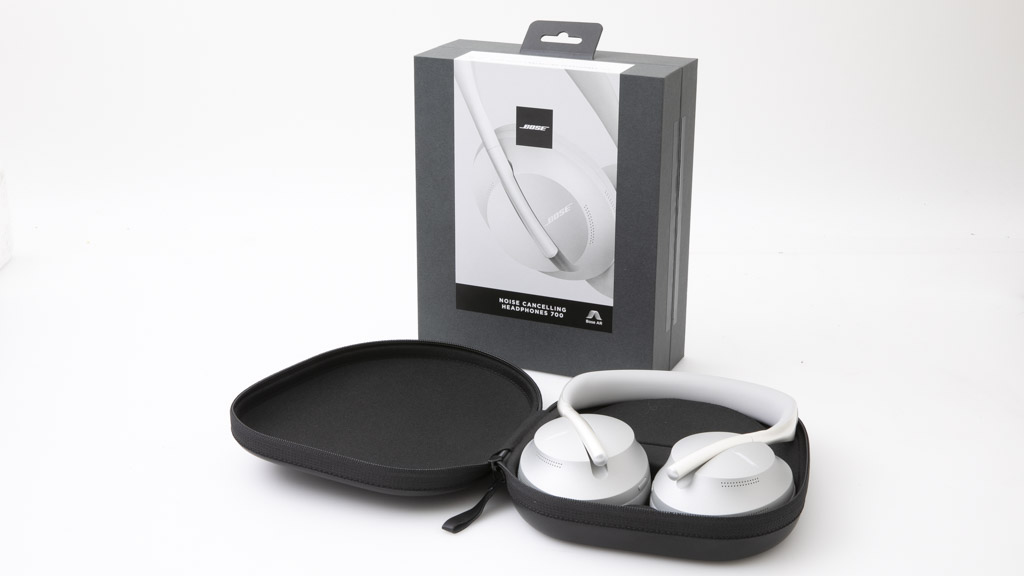
Tech specs
Most of the specs are pretty standard for headphones in this range. You get:
- Bluetooth 5 (SBC and AAC for Apple users).
- USB-C which delivers 3.5 hours of battery life after a 15-minute charge.
- Up to 20 hours of battery life on a full charge.
- 3.5mm audio jack (for those that prefer wired connectivity).
- An accompanying smartphone app for adjusting settings.
- Inbuilt support for Google Home, Alexa and Siri.
Bose doesn’t make many audio quality claims, but that could be because noise-cancellation is their biggest selling point.
- Augmented reality audio can supposedly detect head orientation and body movement which, when coupled with location data from your smartphone, optimises audio quality and noise cancellation for your environment.
- The internal mics used for phone calls can cancel noise as well. They isolate your voice and cut out environmental sounds, so the person on the other end can clearly hear the conversation as well.
Does the noise cancelling work?
This is where the Bose 700s truly shine. The ability to drown out the irritating rumble of day-to-day life so you can lose yourself in your morning playlist is impressive. Noise-cancellation can cut just about anything down to a muted hum, and the call settings do an excellent job at isolating your voice.
- The headphones have 10 levels of noise-cancellation which are preselected from 10 options in the accompanying app. You can quickly rotate through them by tapping the left earcup.
- Unfortunately, on-the-fly adjustment for the augmented reality feature is minimal.
Noise-cancellation on calls is particularly impressive
- Though it doesn’t cut out all environmental noise, the combined effects of general cancellation, voice isolation and amplification result in a serious improvement in clarity.
- It works best when background noise is consistent, such as the hum of a train station or an air conditioner.
- However, it also handles inconsistent sounds, like traffic, quite well.
- It can struggle when sound suddenly changes (e.g. if a truck drives by after a series of cars) but that’s not entirely unexpected.
Sound quality
Unfortunately, Bose seems to have forgotten that an audio product’s primary purpose is to, well, play audio. Music quality is inconsistent, flat and at times compressed.
The bad
- The 700s suck the dynamics out of just about any genre of music, particularly at the low-end.
- Hip hop and pop lose their big, warm, resonant presence most of the time, as the flat dynamics soften the punch and feel.
- Vocals can become retrenched and don’t quite pop. Jazz is often one-dimensional.
- Some tracks wind up sounding like a radio broadcast, particularly when they’re loud, aggressive or multi-layered (e.g. metal, prog rock or psychedelic).
- It’s almost as though the 700s don’t know what to do with so many frequencies coming through, with minimal equalisation.
Music just comes off as far less exciting than it should, for the most part. And yet:
The good
- Isolated tracks, particularly solo guitars and vocals, sound decent.
- The 700s also handle high-end well enough.
- Despite the aforementioned issues, occasionally a song will sound inexplicably good. These inconsistencies can occur within a single album.
Sourcing your sounds
An ideal pair of headphones should sound good with a lossy source, such as streaming, and better with lossless audio. The 700s don’t do that.
We assessed the 700s by streaming content from Spotify (using the highest quality settings) to the headphones via Bluetooth, on a mobile device. This is because music streaming services are ubiquitous, particularly for people on-the-go.
However, we also tested sound quality with a few lossless (FLAC) files. Here, we noticed a marked improvement in sound quality, beyond the usual differences between lossy and lossless audio.
While impressive, the headphones seem to require lossless audio in order to perform well. But how many people are walking around with FLAC files in their pockets? An ideal pair of headphones should sound good with a lossy source, such as streaming, and better with lossless audio. The 700s don’t do that.
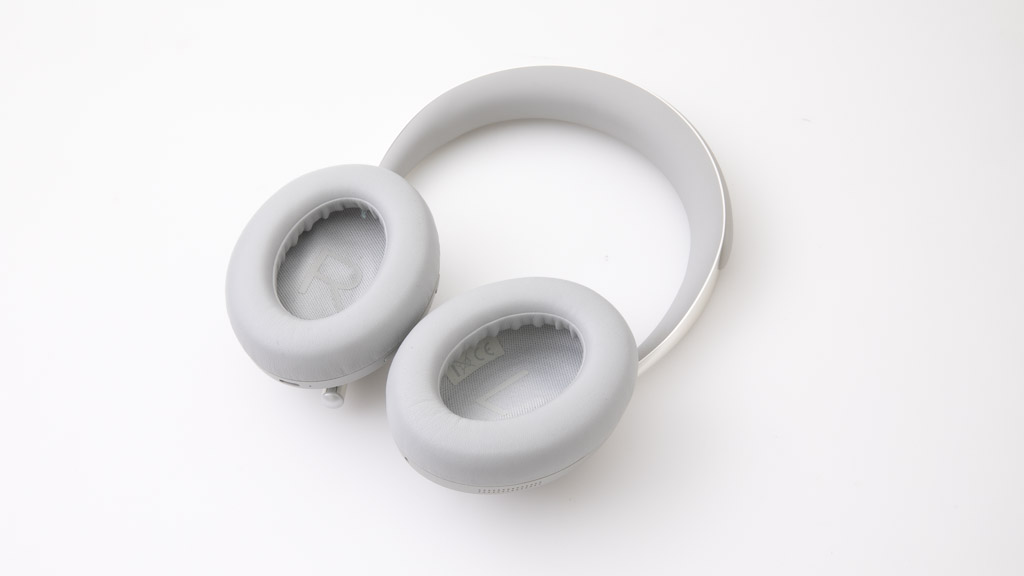
Connection quality
Bose’s decision to leave out aptX Bluetooth amplifies the problem above. AptX is a premium, proprietary feature that allows wireless playback with far less compression compared to SBC and AAC Bluetooth. It requires a licensing fee and as such, is only included with a handful of Bluetooth devices.
According to Bose, aptX was not included due to the limited market, and the fact that it can diminish battery life by up to 30 percent. But the 700s are being sold at a premium price point, for the kind of users that would take advantage of it when listening to lossless files that the headphones seem to prefer. Plus, the battery life is large enough to take the hit if for those who want to use aptX.
There’s also a small but noticeable delay between audio and video when you connect to a device via Bluetooth. Lip-sync isn’t too bad, but it’s very apparent during short, sharp, loud sounds such as claps or explosions.
The associated app
Bose has released a companion app called Bose Music. You need it to establish the initial connection between the headphones and your smartphone or tablet. After that, the app is optional which is a good thing because it doesn’t seem to do much.
Once connected, you can use the app to adjust noise cancellation, set up your digital assistant (Google, Alexa etc.), monitor battery life, read the instruction manual and, that’s about it.
These headphones are crying out for equalisation tools but they’re completely absent. Even just a handful of presets would be extremely useful. And these aren’t the only irritating aspects:
- You need to create a Bose account (called Bose ID) to use the app.
- The headphones can’t communicate with the app unless you have location services enabled, even if the Bluetooth connection is working without the app.
- Once you disable location services, the app needs to relocate the headphones every single time, even after they’re in the library.
And despite the lack of any really useful features, the app comes in at a whopping 130MB.
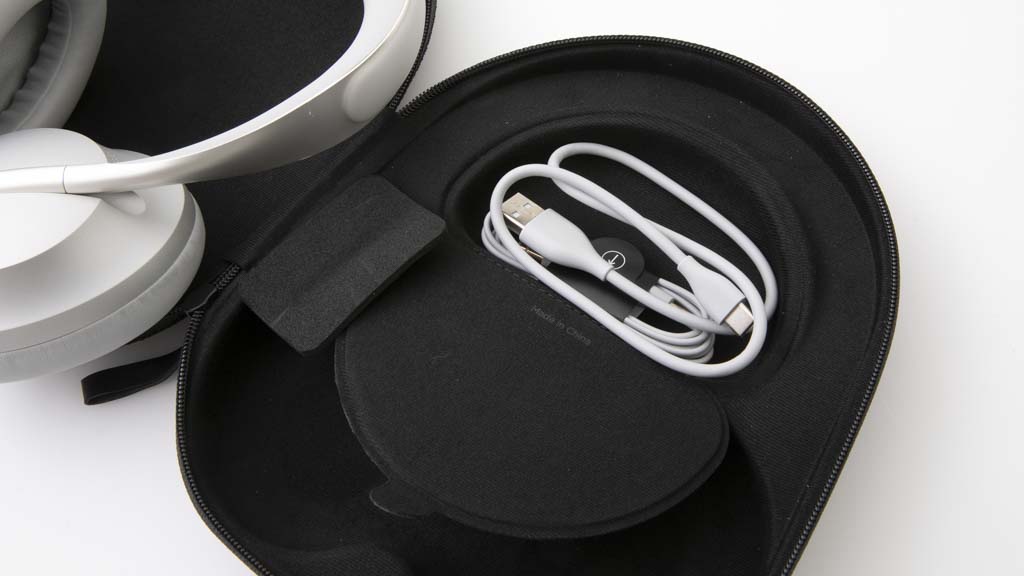
Battery life and build
Bose claims that the headphones have up to 20 hours of battery life and this appears to be accurate. We didn’t find ourselves desperately looking for a charging cable while we listened to music and did chores around the house all day. The fast charge feature provides three-and-a-half hours of battery life with a 15 minute charge.
However, the cable in the box is only 50cm long which means you’ll need to leave your $600 headphones on the floor when they need a charge (unless you have a ridiculously low table). An iPhone cable, by comparison, is about one metre, which is what you’d expect to see here as well.
Design and comfort
While the 700s certainly look slick, they’re not the most comfortable headphones for those with larger heads. Things get worse if you have something of a rugby player-sized neck, as the cups can push on the front of your throat when you pop them off your head.
The adjustable arms don’t make a huge difference either, in this respect. But the material used on the cups and headband is nice and soft.
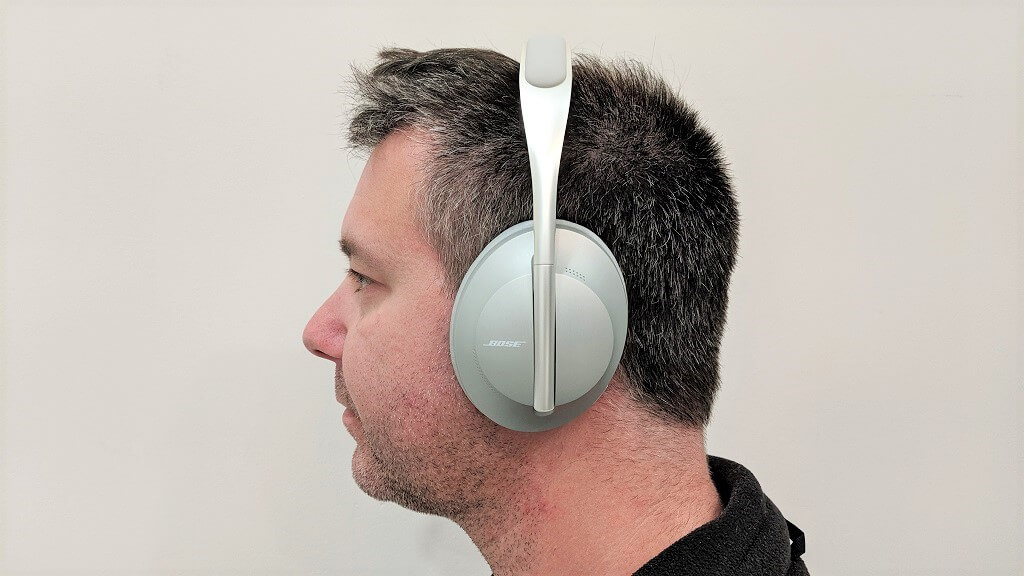
Tap and play controls
Most of the controls are intuitive and easy to locate.
- There are three physical buttons on the cans, to control noise-cancellation settings, power/Bluetooth, and turning the digital assistant on to make calls, issue voice commands and so on.
- There’s also a number of tap/drag controls that can be activated on each can. These control volume, song selection, play/pause etc.
- Conversation mode temporarily pauses audio so you can talk to people, listen to announcements and other environmental sounds – a very convenient feature.
The controls work most of the time, though play/pause can take a couple of seconds to respond which is long enough to make you think it hasn’t worked.
Unfortunately, audio doesn’t automatically pause when you remove the headphones.
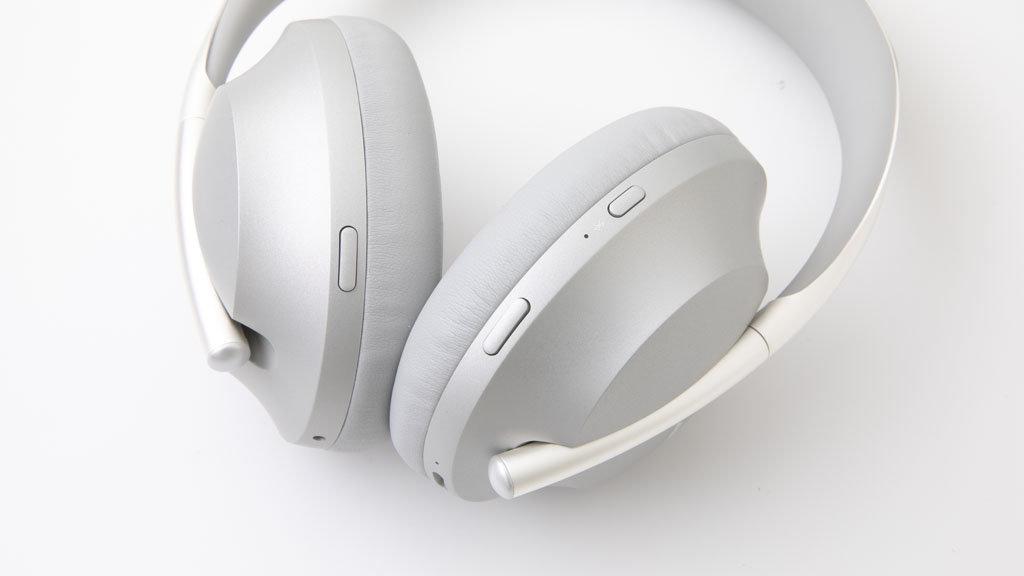
A truly premium product?
In the grand scheme of things, the 700s don’t sound awful. They certainly do the job. But they also have a premium price tag that should deliver something that sounds a little livelier.
A lot of the criticisms raised in our review wouldn’t be a problem if the 700s were a few hundred dollars cheaper. But Bose has slapped a premium price tag on a pair of headphones with some odd omissions, oversights and features that feel incomplete.
Though noise-cancellation is outstanding, there are other products out there that do an equally good, or better, job at a lower asking price.

